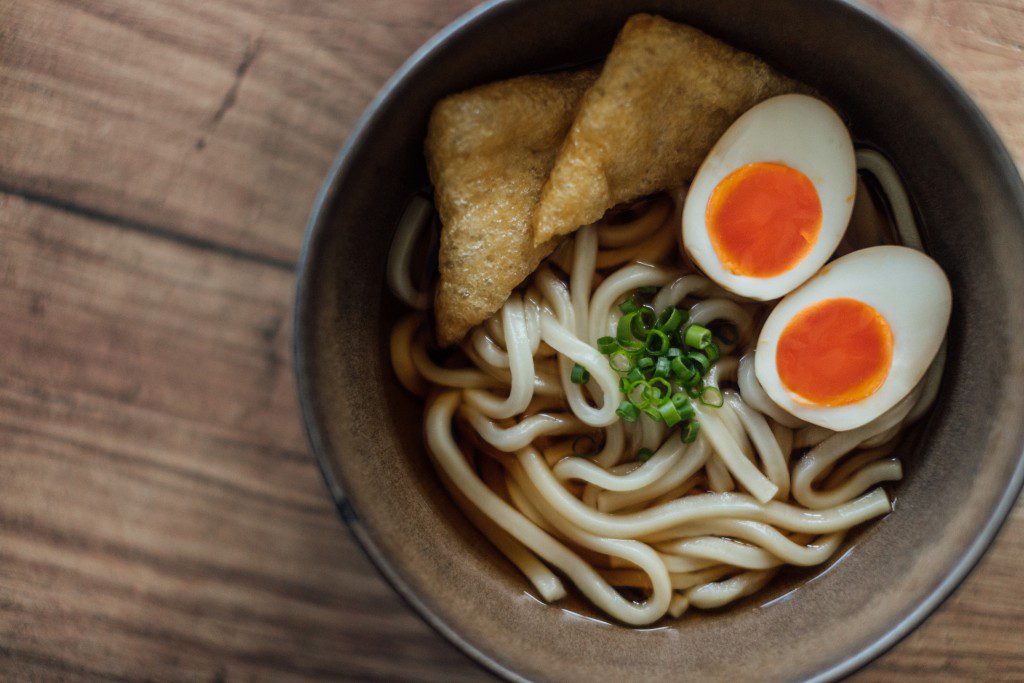News and Insights
Champagne with Sausage Rolls? The New Face of Global Luxe Dining
October 16, 2025
On World Food Day 2025, the FINN Partners Global Travel team is reflecting on this year’s theme “Better Foods and a Better Future.” We’re focusing on the culinary movement that’s as inclusive as it is indulgent: High-Low Decadence. This trend, as spotlighted in FINN Partners’ 2025 TrendHawk report, is reshaping luxury dining by blending the extravagant with the everyday—creating a flavorful metaphor for the kind of food future we all deserve.
High-Low Decadence is more than a cheeky pairing of caviar with chicken nuggets or champagne with sausage rolls. It’s a culinary philosophy that democratizes indulgence, celebrates creativity, and honors local ingredients. It’s about elevating humble dishes with luxurious touches, and vice versa—making fine dining more approachable while giving comfort food a glamorous twist.
Take, for example, the Chicken & Champagne Pie at Bob Bob Ricard in London, hailed by Condé Nast Traveller as “a thing of high-low beauty.” Or the Caviar y Tequila at Anatol in Mexico City, where fish eggs meet guacamole and chili in a playful, yet refined, celebration of Mexican flavors. In Dublin, The Shelbourne’s No. 27 Bar & Lounge offers a pork, leek, and black pudding sausage roll paired with Laurent Perrier champagne—a €30 combo that’s become a guest favorite.
These dishes aren’t just culinary curiosities—they’re cultural statements. They reflect a growing desire among travelers to experience food that’s rooted in place, yet unbound by tradition. They also align with the values of younger generations—Millennials and Gen Z—who seek authenticity, sustainability, and creativity in their travel experiences.

And that’s where High-Low Decadence intersects beautifully with the mission of World Food Day. By celebrating both the high and the low, this trend encourages a more inclusive food culture—one that values local producers, reduces waste, and makes room for innovation. It’s a reminder that luxury doesn’t have to mean excess, and that meaningful food experiences can be found in street stalls as well as Michelin-starred restaurants.
In fact, Airbnb’s recent report shows travelers are “swapping culinary capitals for more local, affordable foodie destinations,” from Shillong, India for Khasi cuisine to Arakawa City, Japan for ramen and kissaten coffee shops. These choices reflect a shift toward food equity—where access, affordability, and authenticity matter just as much as presentation and prestige.
For destinations and hospitality brands, High-Low Decadence offers a powerful opportunity to support local economies and promote sustainable food systems. By sourcing ingredients from nearby farms, fisheries, and artisans, they can reduce carbon footprints and foster community resilience. By shining a light on traditional recipes and regional flavors, they preserve culinary heritage and invite travelers to engage more deeply with the places they visit.
As we mark World Food Day, let’s celebrate the chefs, travellers, and storytellers who are cooking up a better future—one dish at a time. Let’s champion food that’s thoughtful, joyful, and shared. And let’s remember that sometimes, the most decadent experiences come not from what’s on the plate, but from the stories behind it.
Hand in hand, high and low, we can build a food future that’s deliciously inclusive and sustainably mindful for a better future.
-
TAGS:
- Luxury
- ,
- Travel & Tourism